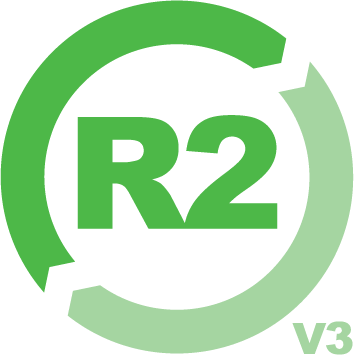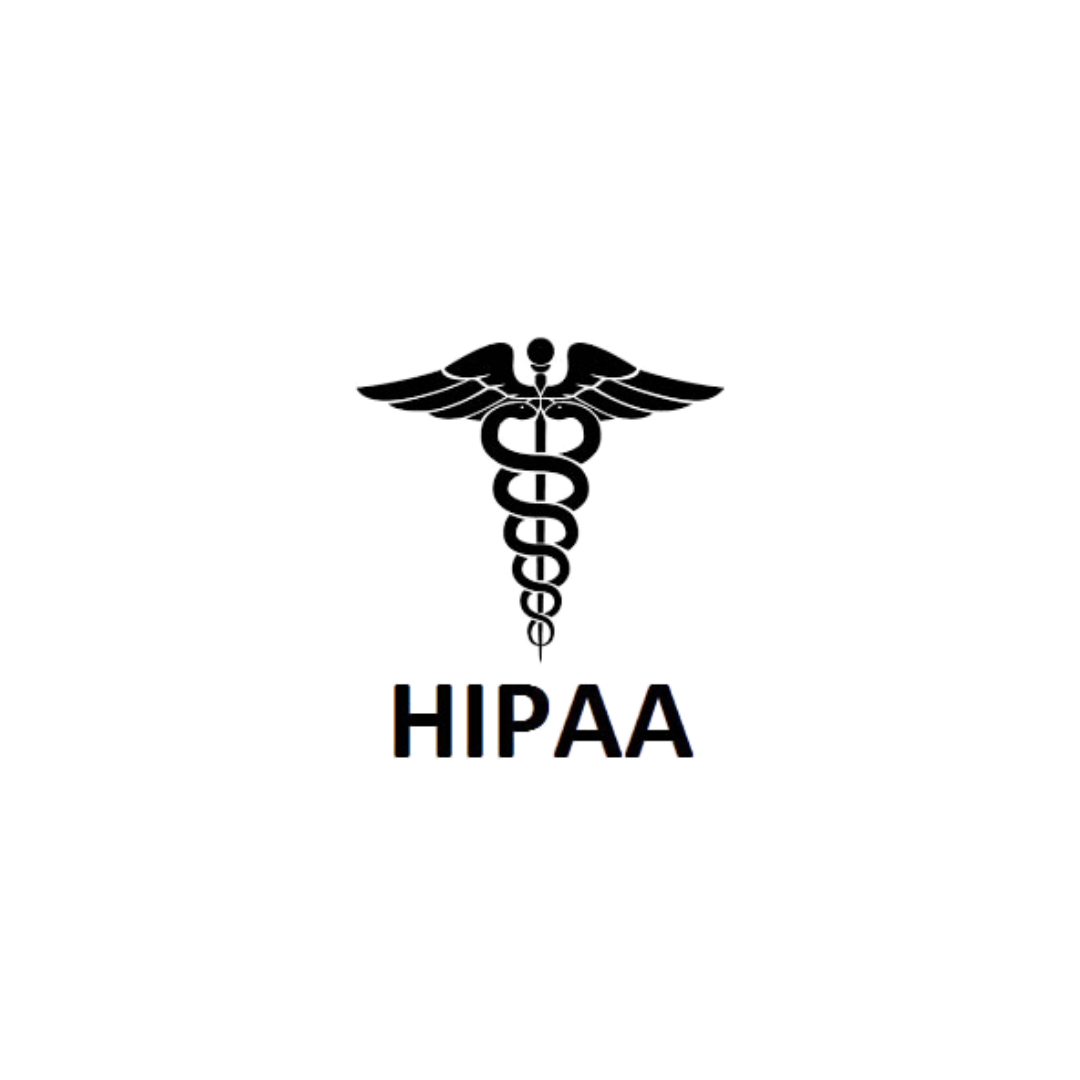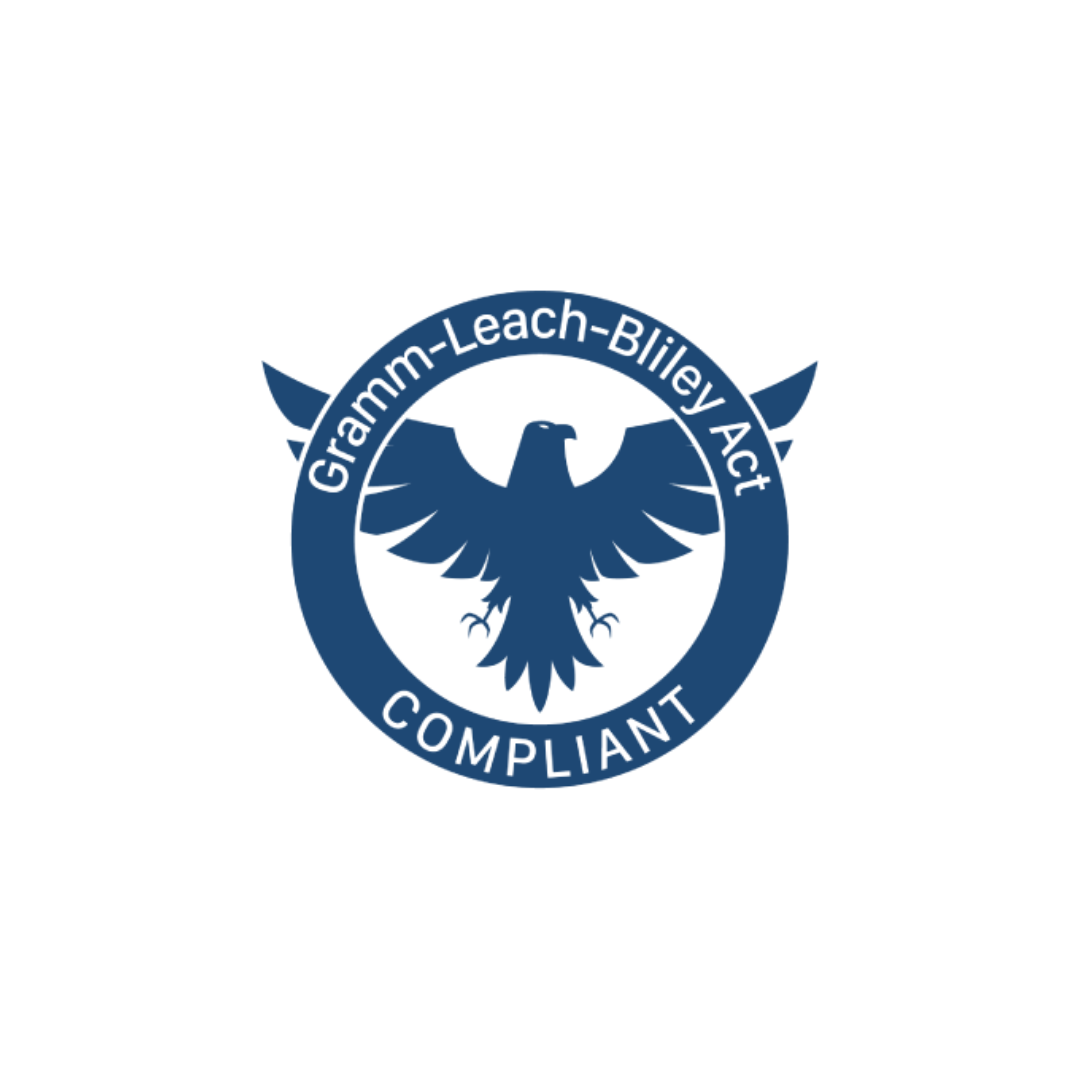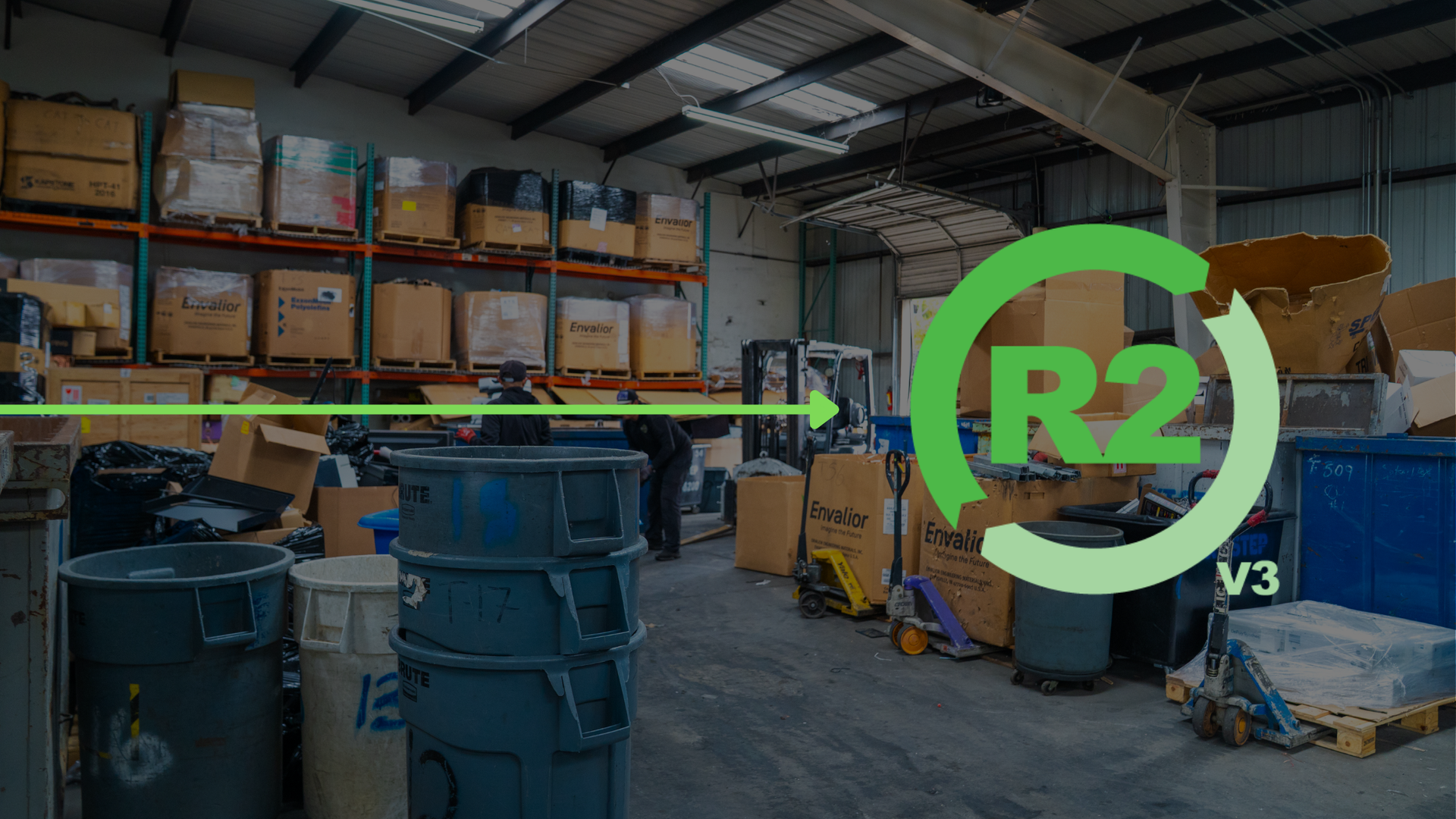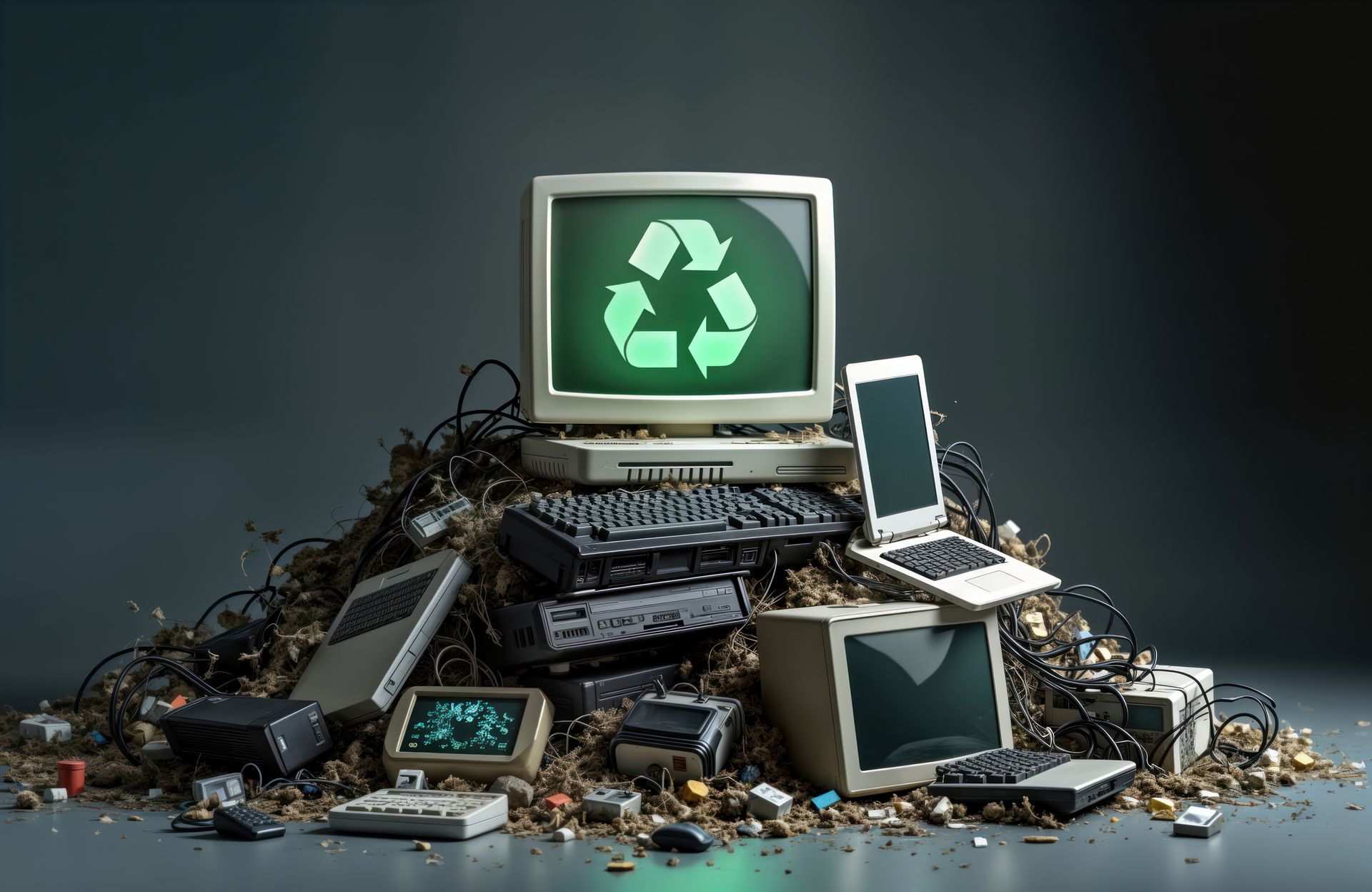How a Proper Shredding Routine Can Save Your Business from Fines and Fraud
How Often Is “Often Enough” When It Comes to Shredding?
If your office is anything like most businesses in San Jose, you probably have piles of old paperwork, outdated invoices, and confidential records stashed away somewhere. Maybe you’ve even got a filing cabinet (or five) full of documents you haven’t looked at in years.
Here’s the big question: How often should you actually be shredding documents?
If you’re holding onto old paperwork for too long, you could be putting your business at risk of data breaches, identity theft, and non-compliance with state and federal laws. On the flip side, shredding too soon or too frequently could mean getting rid of documents you actually needed to keep.
We’ve been helping San Jose businesses manage document shredding for years, and we’ve seen it all—from companies that never shred to those who go overboard and accidentally destroy important records. The key is finding the right balance. In this guide, we’ll break down exactly how often you should be shredding different types of documents and how to set up a system that keeps your business secure and clutter-free.
The Legal Side of Shredding: What Laws Say About Document Destruction
First things first: document shredding isn’t just about staying organized—it’s about staying compliant. Businesses in San Jose and across California must follow state and federal regulations when handling sensitive data.
Key Laws That Require Secure Shredding
- California Consumer Privacy Act (CCPA): Businesses must protect consumer data from unauthorized access. Improper disposal of personal information can result in hefty fines.
- HIPAA (Health Insurance Portability and Accountability Act): If you handle medical records, you must follow strict disposal rules to protect patient privacy.
- FACTA (Fair and Accurate Credit Transactions Act): Businesses must securely destroy financial documents and consumer information.
- IRS Document Retention Rules: Tax records should be kept for at least 3 to 7 years, depending on the type of document.
We once worked with a San Jose accounting firm that had never set up a shredding schedule. When an audit came up, they had to dig through years of paperwork they weren’t even required to keep anymore! Having a clear shredding policy saves you time, stress, and potential legal trouble.
How Often Should You Shred Different Types of Documents?
Not all documents need to be shredded at the same time. Some should be destroyed immediately after use, while others need to be kept for legal or financial reasons. Here’s a breakdown:
- Shred Daily or Weekly: High-Risk Documents
Certain records contain highly sensitive information and should be shredded as soon as they are no longer needed.
- Customer invoices & payment details
- Employee records containing SSNs or payroll information
- Medical records and patient forms
- Credit card statements & bank reports
Example: A San Jose dental office we work with shreds patient information daily to comply with HIPAA. This prevents confidential records from sitting around unprotected.
- Shred Monthly: Temporary Business Documents
These records should be shredded on a scheduled basis (e.g., at the end of the month) once they are no longer useful.
- Internal memos and reports
- Printed emails containing sensitive information
- Outdated customer service logs
- Old contracts that have been updated
Example: A Silicon Valley tech startup uses a monthly shredding schedule to keep their workspaces clutter-free.
- Shred Annually or After Retention Period: Legal & Financial Records
Some documents must be kept for a specific number of years before shredding. Here’s what you should keep and for how long:
- Tax records: Keep for at least 7 years (IRS guidelines).
- Business financial statements: Retain for 3-7 years depending on business needs.
- Employee files: Keep for at least 4 years after termination.
- Legal contracts and agreements: Retain until expiration or replacement.
Example: A San Jose real estate agency follows a yearly shredding schedule for tax records but immediately shreds expired lease agreements.
How to Set Up a Secure Document Shredding Schedule
Step 1: Conduct a Document Audit
- Identify what types of documents your business generates.
- Determine how long each document type should be retained.
- Assign storage locations and secure shredding bins for disposal.
Step 2: Establish a Shredding Policy
- Train employees to follow proper shredding procedures.
- Use locked bins for documents awaiting shredding.
- Determine whether you need on-site or off-site shredding services.
Step 3: Work with a Certified Shredding Service
- On-Site Shredding – A truck comes to your location and shreds documents on-site.
- Off-Site Shredding – Documents are transported to a secure shredding facility.
- Scheduled Shredding Plans – Weekly, bi-weekly, or monthly pickups ensure continuous security.
Example: A San Jose law firm set up monthly scheduled shredding pickups with us to comply with legal retention requirements while keeping storage space manageable.
The Benefits of Regular Document Shredding
1. Protect Your Business from Identity Theft & Data Breaches
Shredding ensures confidential business data doesn’t end up in the wrong hands.
2. Stay Compliant with Privacy Laws
Failing to shred documents properly can lead to legal penalties and fines.
3. Reduce Office Clutter & Free Up Space
Having a consistent shredding schedule keeps your business organized.
4. Environmentally Friendly Disposal
Recycled shredded paper reduces landfill waste and supports San Jose’s green initiatives.
Final Thoughts: Shred Smarter, Stay Secure
Creating a consistent shredding schedule isn’t just about compliance—it’s about protecting your business, your clients, and your employees.
If you’re not sure where to start, NXT Step Recycling Solutions can help! Whether you need one-time shredding, scheduled pickups, or compliance consulting, we’ve got secure, certified solutions to keep your business safe.


